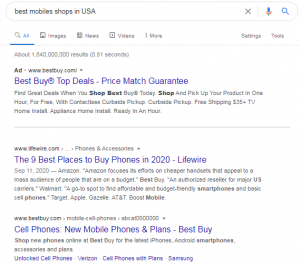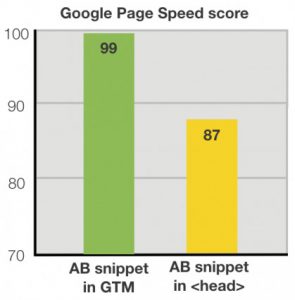Every entrepreneur wants to work with the ideal client. You recognize them immediately! They appreciate your work, believe in your value, and are willing to pay for you’re worth. Most entrepreneurs know how to reach them. The opportunity for entrepreneurs is to be crystal clear on which tier of the market they want to operate for ultimate small business growth.
Say more, you say? Thank you…I shall. Let me tell you about one of our clients. We’ll call him “Bob.”
What’s Up With Bob
After years of working for the ‘man,’ Bob enthusiastically launched his own firm. He was excited! Not only was he going to be the boss – he was going to be able to determine his own paycheck.
For 15 years, Bob provided excellent service and a superior product for his clients yet, in his own mind, he felt like a failure. It seemed like he was doing all the right things yet his revenue – and his paycheck – did not reflect his dedication and commitment.
By the time we met, he was feeling pretty discouraged. Not only did he feel uncertain about his future, he was losing confidence in his ability to succeed.
What caused his situation? In his desperation to carve out a living for his family, he had launched his business without the benefit of a plan. He was not only off course – he didn’t have a course. Yikes!
Bob hadn’t ignored the advice of other successful business owners. He suffered from unconscious incompetence – he didn’t know what he didn’t know. Bob, like most of us, was a member of the 63 percent of entrepreneurs who lack insufficient, relevant and applicable business experience to succeed.
It didn’t take long to discover Bob was doing the wrong work for the wrong audience. Bob lacked a clear sense of his desired market.
Be Clear About Your Tier
While acquiring my MDE at the Anderson School of Business (UCLA), I was first introduced to the concept of “market tiers.”
It is not a new concept. Prof. Philip Kotler, world authority on marketing, and Prof. Gary Armstrong, award-winning teacher of undergraduate business students, had introduced it years before I received the 10th edition of Principles of Marketing in 2003.
Essentially, Kotler and Armstrong identified three different tiers in the market:
The Tier I audience is most interested in quality, service, and prestige. Price is the least of their concern. Using the automotive and retail industry as an example, your Tier I audience is most likely having their Rolls Royce valeted while shopping at Barney’s. As such, the Tier I audience is likely to be the smallest of the three.
Those who comprise the Tier II audience strike a balance between quality, service, prestige, and price. Subsequently, this audience is smaller than Tier I, and they are self-parking their Lexus while shopping at Nordstrom’s.
Tier III, the largest audience, is most concerned about price. So much so, they are willing to trade off quality, service, and prestige for it. You’ll find them in the parking lot at Wal-Mart. Look for the Ford Escort.
The value in knowing about market tiers is the ability to make a conscious decision of the tier in which you want to operate your business. Unlike Bob, being a Tier II business providing services for a Tier I client, helps you avoid a lot of angst.
Are you marketing your business services to the market tier you want? In what market tier does your current client base reside? Does it fit what you intend to achieve with your business? If not, what market tier do you want to target going forward? Once you’re clear on your tier, the buyer persona will be much easier to identify.
(246)
Report Post










